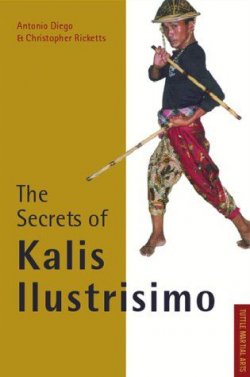C
CiNcO dOsE
Guest
does anybody have any fma book recommendations?! for a beginner whos never trained in fma before!?
ive read really good reviews about "modern arnis by the late remy presas" and i am thinking of getting it.
does anyone have any thoughts/comments about "the secrets of kalis ilustrisimo by antonio diego and christopher ricketts"?!
hoping to hear from you guys soon.
salamat.
ive read really good reviews about "modern arnis by the late remy presas" and i am thinking of getting it.
does anyone have any thoughts/comments about "the secrets of kalis ilustrisimo by antonio diego and christopher ricketts"?!
hoping to hear from you guys soon.
salamat.

